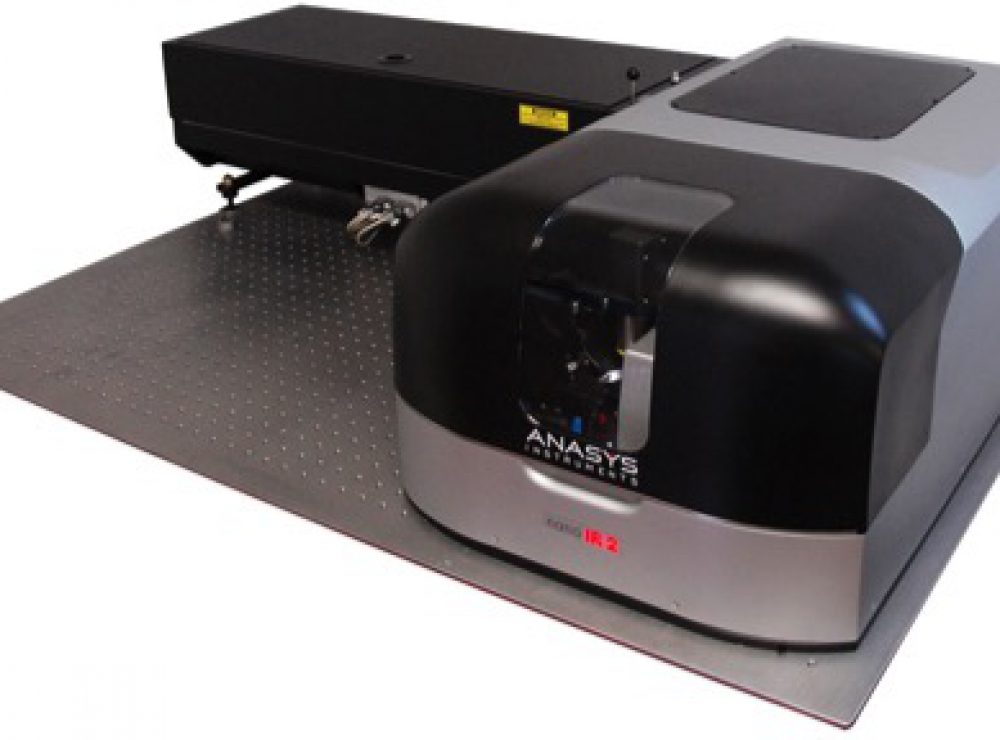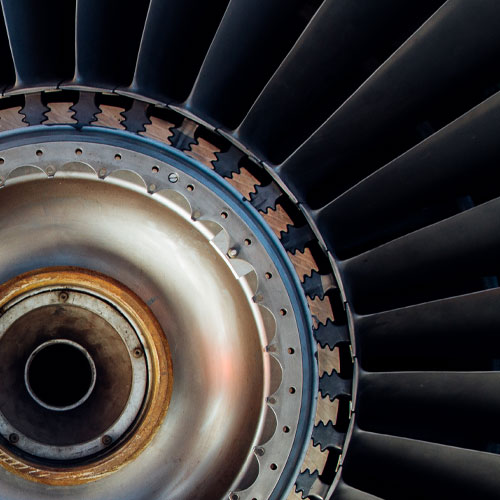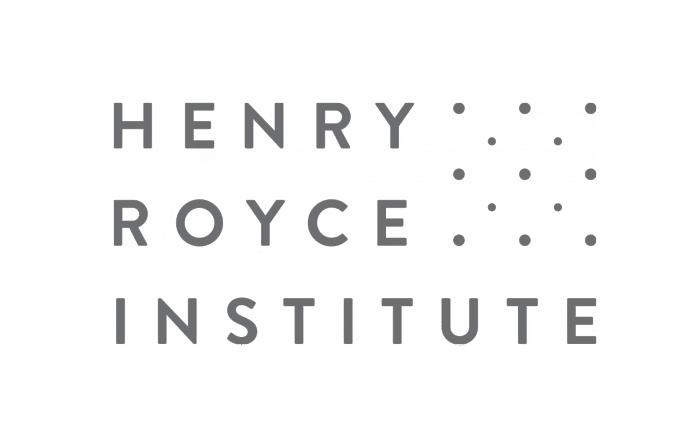This website uses cookies so that we can provide you with the best user experience possible. Cookie information is stored in your browser and performs functions such as recognising you when you return to our website and helping our team to understand which sections of the website you find most interesting and useful.
The NanoIR2 allows for the combination of scanning probe microscopy and infrared spectroscopy with the high resolution of AFM (in contact mode) for combined topology and chemical information

- Partner:The University of Manchester
- Facility:Multidisciplinary Characterisation Facility (MCF)
Or call us now on 0161 275 8382
Detailed Description
The NanoIR2 allows for the combination of scanning probe microscopy and infrared spectroscopy with the high resolution of AFM (in contact mode). This enables the mapping of the chemical composition of the surface to understand the spatial distribution of different chemical components with nanometer spatial resolution
Uses/Applications
NanoIR enables extraction of the infrared spectrum of nanoscale features which cannot be measured using FTIR, providing important chemical information, as well as for thin nanoscale layers on a surface which would typically not yield sufficient infrared absorption. A nanoscale thermal analysis (nanoTA) module allows for the sample’s temperature to be increased locally in order to measure and map thermal transitions and other thermal properties.
Anasys NanoIR2 with nanoTA (thermal analysis) module. Infrared laser: 900-3600 cm-1 (optical parametric oscillator). Gas purgable enclosed system. Maximum sample size 25 mm x 25 mm x 6 mm thickness (sample positioning size = 8 x 8 mm) – point and click navigation. Maximum mapping size = 80 x 80 μm. nanoTA allows temperature control up to 350 C. IR spectroscopy occurs in contact mode only.

